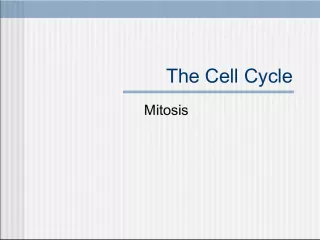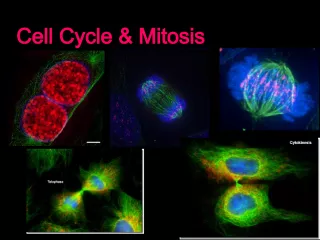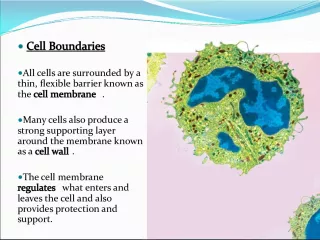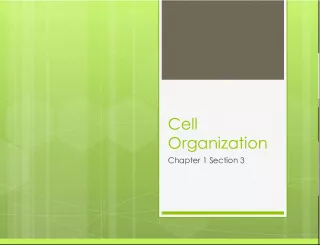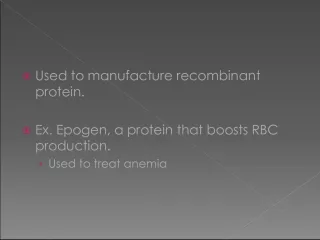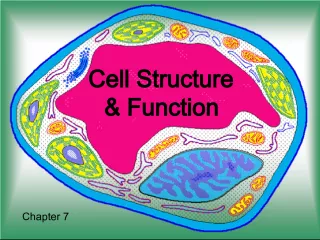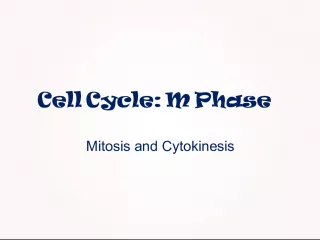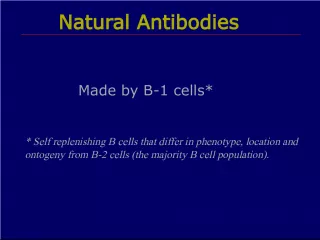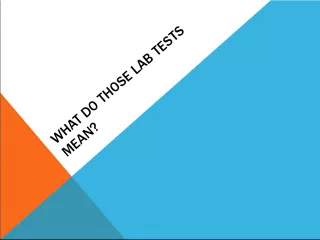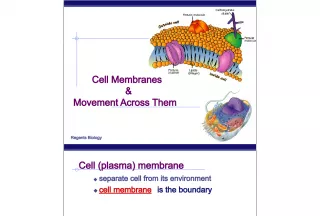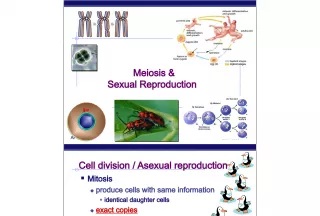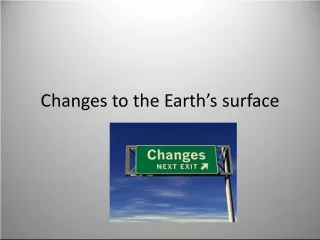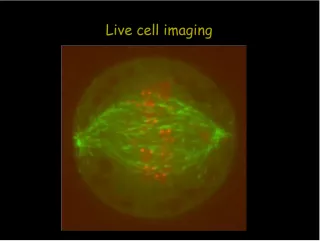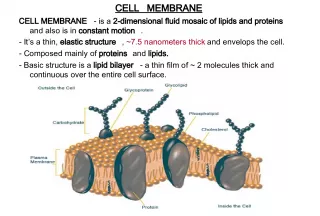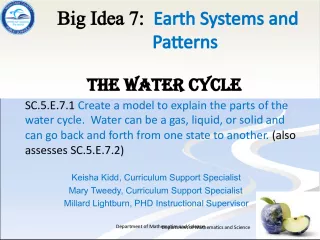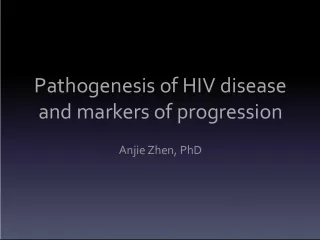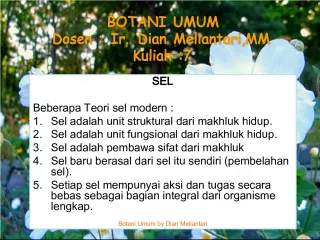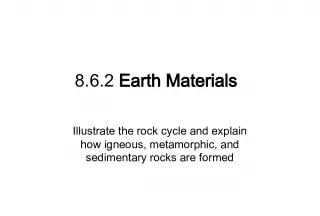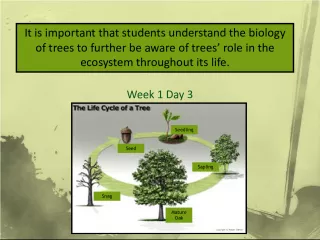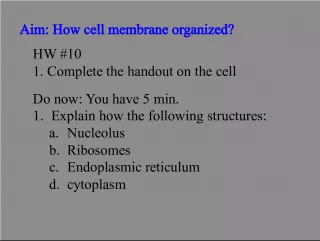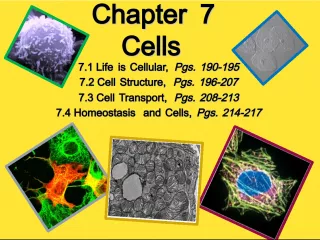The Cell Cycle: How Eukaryotic Cells Divide
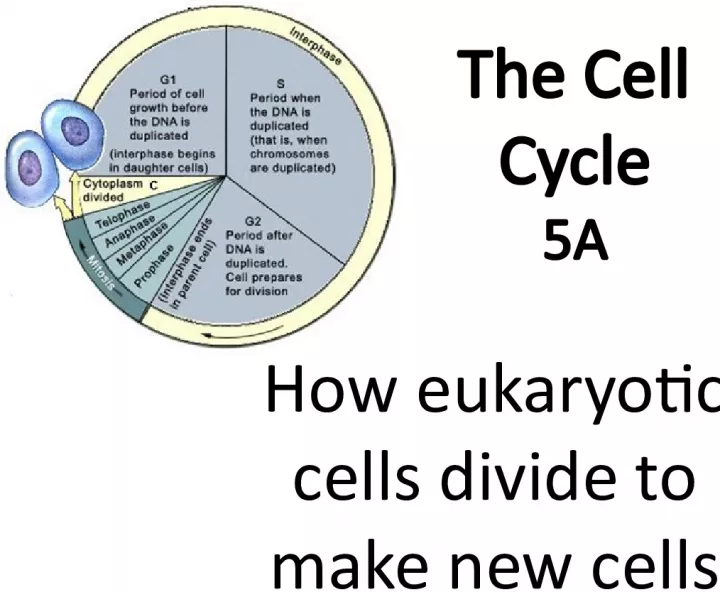

The cell cycle is the process in which eukaryotic cells divide to produce two daughter cells. This process is necessary for growth and repair of tissue. There are three stages: interphase, mitosis, and cytokinesis.
- Uploaded on | 0 Views
-
 tysongrimes
tysongrimes
About The Cell Cycle: How Eukaryotic Cells Divide
PowerPoint presentation about 'The Cell Cycle: How Eukaryotic Cells Divide'. This presentation describes the topic on The cell cycle is the process in which eukaryotic cells divide to produce two daughter cells. This process is necessary for growth and repair of tissue. There are three stages: interphase, mitosis, and cytokinesis.. The key topics included in this slideshow are cell cycle, eukaryotic cells, mitosis, cytokinesis, interphase,. Download this presentation absolutely free.
Presentation Transcript
1. The Cell Cycle 5A How eukaryotic cells divide to make new cells
2. Just like people have phases of development,
3. Cells have phases too.
4. In somatic (body) cells, a parent cell produces 2 daughter cells. The purpose of mitosis is for growth and repair of tissue.
5. Three Phases or Stages 1. Interphase 2. M (Mitosis) phase 3. Cytokinesis
6. Interphase
7. Interphase DNA and organelles replicate Cell spends most of its life in this stage
9. Stages of Interphase G1 (growth) S (synthesis) G2 (growth)
10. G1 (growth) Aka First Gap The cell grow larger Makes proteins and organelles
11. S (synthesis) DNA replication occurs - genetic material is duplicated so each daughter cell contains the same amount of genetic material as the parent cell Chromosomes duplicate to form sister chromatids
14. G2 (growth) Aka Second Gap More growth & protein synthesis occurs preparing for cell division
16. M phase Aka Mitosis Shortest of all phases Division of the nucleus
17. Mitosis Nucleus divides Duplicated DNA is divided into two new nuclei
19. Mitosis Animation
20. Stages of Mitosis Prophase Metaphase Anaphase Telophase
21. Prophase
22. Prophase Nuclear membrane breaks down Genetic material (chromosomes) enlarges, thickens &condenses In the cytoplasm, Centrioles migrate to opposite ends of poles Microtubules attach to centrioles
23. Prophase
24. Metaphase
25. Metaphase Duplicated chromosomes line up on the equator of the cell Spindles attach to chromosomes at the centromere & pull the sister chromatids into a line in the center of the cell
26. Metaphase
27. Anaphase
28. Anaphase Shortest phase As the spindle contracts, the sister chromatids separate and are pulled to opposite sides of the cell
29. Anaphase
30. Telophase
31. Telophase New nuclear membranes form to separate the genetic material Chromosomes shrink Spindle breaks apart
32. Telophase
33. Mitosis
34. Cytokinesis
35. Cytokinesis Occurs AFTER telophase and BEFORE interphase Cytoplasm divides Forms 2 new cells
36. Cytokinesis
39. http://outreach.mcb.harvard.ed u/animations/ cellcycle.swf
41. Identify the stage of the cell cycle
42. Identify the stage of the cell cycle
43. Identify the stage of the cell cycle
44. Identify the stage of the cell cycle
45. http://bio.rutgers.edu/~gb101/ lab2_mitosis/in dex2.html
46. What happens when cells divide at an uncontrollable rate? CANCER 5D
48. Cancer Animation
52. Cancer is caused by the loss of cells ability to control division. Cancer cells divide uncontrollably.
53. Causes of Cancer Tobacco Radiation exposure Viral infections (HPV) Genetics
54. http://www.mhhe.com/biosci/gen bio/virtual_l abs/BL_23/BL_23.html
